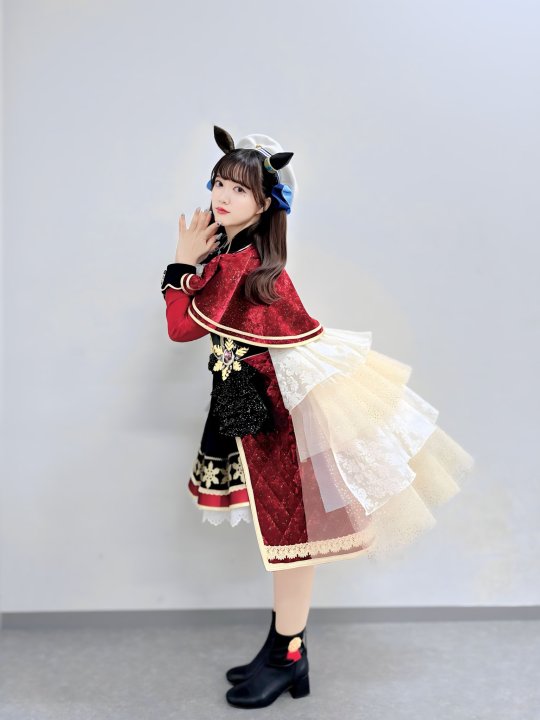#mueum
Photo

#animal crossing#nintendo#new horizons#nintendo switch#meme#blathers#gaming#video games#lol#humor#funny#cats#villagers#mueum#fossils#fish#insects#acnh#switch#animal crossing new horizons#ac#cat meme#memes#cat
2K notes
·
View notes
Text
brief visit to a museum n my boi :)


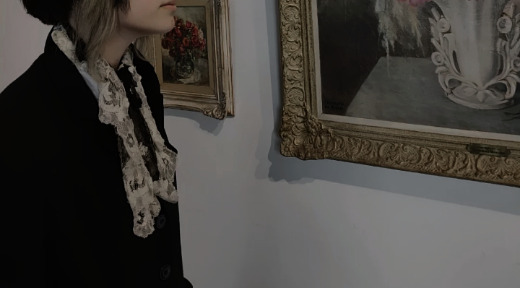
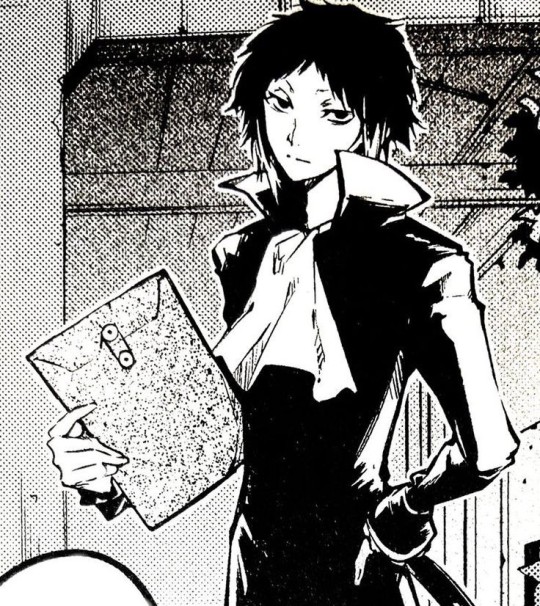
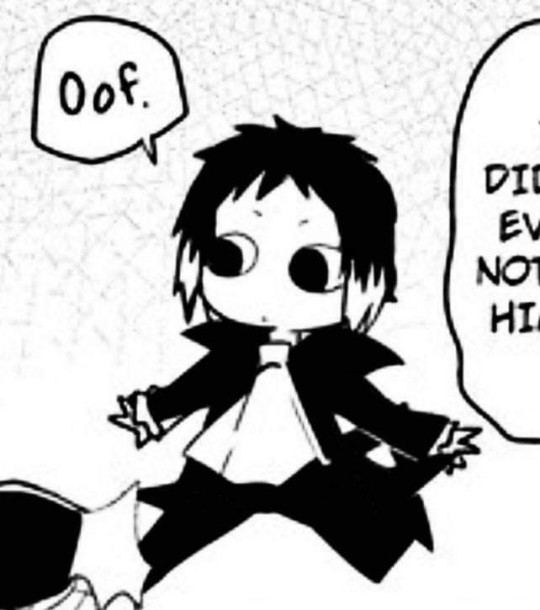

17 notes
·
View notes
Text
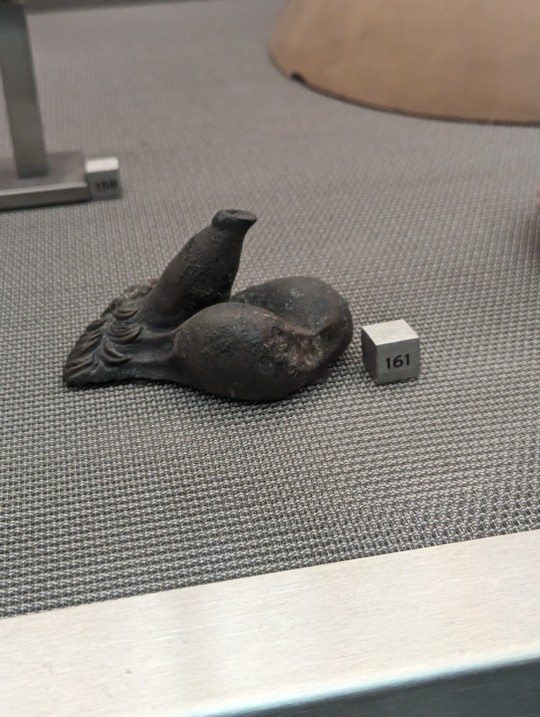
My trip to Athens has been mature and educational.
#hehehehehe#my holiday is going well#ancient greece#they fucking loved a dong#i should upload the road marker i saw in the agora mueum#just a cock and balls attached to a post
33 notes
·
View notes
Text


Carlos Cruz-Diez - Cromosaturación (via)
#Carlos Cruz-Diez#Cromosaturación#art#fine art#mfahouston#mueums#tunnel#light ar#light inst#green#teal#pink#red#purple#gradient#photography#glow#glow aesthetic#liminalcore#liminal
838 notes
·
View notes
Text
me: i shouldn’t even ask aléks to meet up they probably wouldn’t want to
us: spend a legit 12 hours exploring madrid together talking non stop
#was NOT how i expected today to go LMAO i was expecting some quiet mueum walking all by my lonesome 🥲 i am so thankful for tumblr sometimes#MUEUM? cool
5 notes
·
View notes
Text

Goya Museo Lazaro Madrid Spain Escena de Brujas Witches Scene Museum Postcard
4 notes
·
View notes
Text
Congressional Art Awards - Betchler Museum of Modern Art
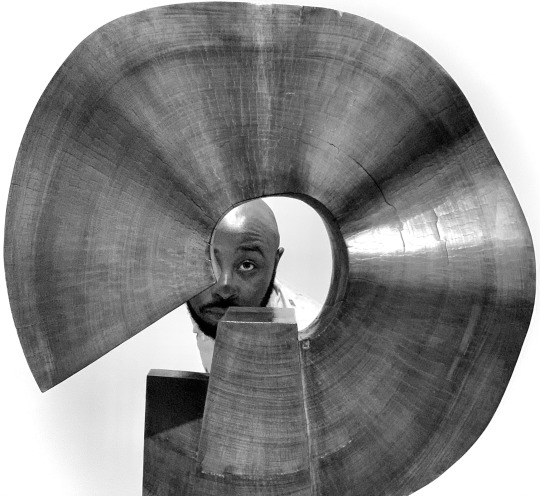
- Photo by Darion Quick




#art#photography#image#black man#my photography#art museum#congressional#betchler mueum of modern art#museum of modern art#captures#images#photos#reflection#charlotte nc
0 notes
Text
Roba Ranch

View On WordPress
#Bowman Mueum#crook county history#Dic and Audrey Bedortha#oregon history#Paulina OR 1882#Roba Ranch
0 notes
Text
Acorn Button Club Antique Roadshow @ Naugatuck Historical Society
The Naugatuck History Museum at the Tuttle House is excited to be hosting the Acorn Button Club Antique Roadshow on April 23 @ 2 p.m. This program is free and open to the public and will be held at the Naugatuck History Museum at the Tuttle House. The Tuttle House is the backdrop for this exhibit. Listed on the National Register of Historic Places, this 1882 Queen Anne-style mansion provides an…
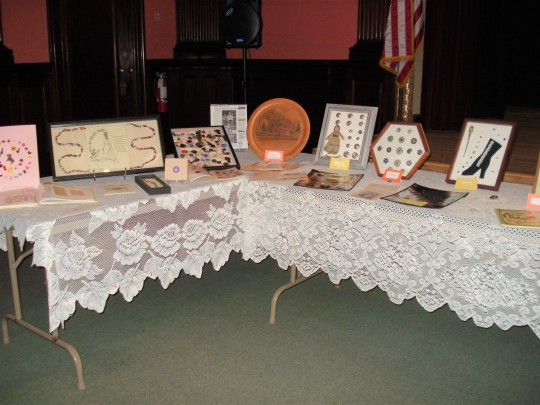
View On WordPress
0 notes
Text
Married Mongolian Women’s Hairstyle in the Yuan Dynasty
Mongolians have a long history of shaving and cutting their hair in specific styles to signal socioeconomic, marital, and ethnic status that spans thousands of years. The cutting and shaving of the hair was also regarded as an important symbol of change and transition. No Mongolian tradition exemplifies this better than the first haircut a child receives called Daah Urgeeh, khüükhdiin üs avakh (cutting the child’s hair), or örövlög ürgeekh (clipping the child’s crest) (Mongulai, 2018)
The custom is practiced for boys when they are at age 3 or 5, and for girls at age 2 or 4. This is due to the Mongols’ traditional belief in odd numbers as arga (method) [also known as action, ᠮᠣᠩᠭᠤᠯ, арга] and even numbers as bilig (wisdom) [ᠪᠢᠴᠢᠭ, билиг].
Mongulai, 2018.
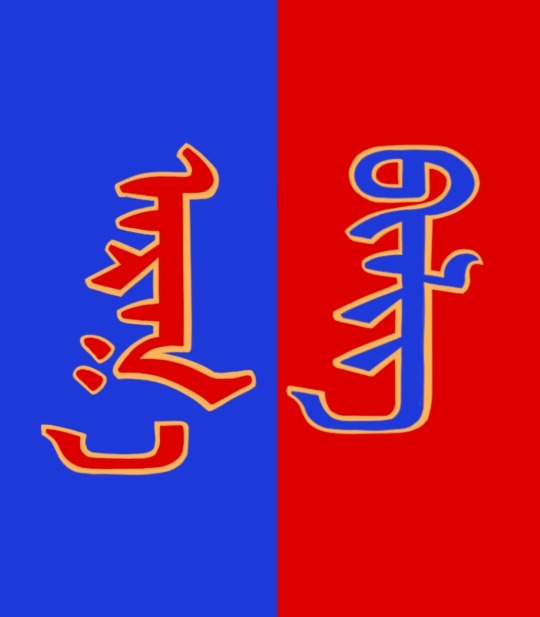
The Mongolian concept of arga bilig (see above) represents the belief that opposite forces, in this case action [external] and wisdom [internal], need to co-exist in stability to achieve harmony. Although one may be tempted to call it the Mongolian version of Yin-Yang, arga bilig is a separate concept altogether with roots found not in Chinese philosophy nor Daoism, but Eurasian shamanism.
However, Mongolian men were not the only ones who shaved their hair. Mongolian women did as well.
Flemish Franciscan missionary and explorer, William of Rubruck [Willem van Ruysbroeck] (1220-1293) was among the earliest Westerners to make detailed records about the Mongol Empire, its court, and people. In one of his accounts he states the following:
But on the day following her marriage, (a woman) shaves the front half of her head, and puts on a tunic as wide as a nun's gown, but everyway larger and longer, open before, and tied on the right side. […] Furthermore, they have a head-dress which they call bocca [boqtaq/gugu hat] made of bark, or such other light material as they can find, and it is big and as much as two hands can span around, and is a cubit and more high, and square like the capital of a column. This bocca they cover with costly silk stuff, and it is hollow inside, and on top of the capital, or the square on it, they put a tuft of quills or light canes also a cubit or more in length. And this tuft they ornament at the top with peacock feathers, and round the edge (of the top) with feathers from the mallard's tail, and also with precious stones. The wealthy ladies wear such an ornament on their heads, and fasten it down tightly with an amess [J: a fur hood], for which there is an opening in the top for that purpose, and inside they stuff their hair, gathering it together on the back of the tops of their heads in a kind of knot, and putting it in the bocca, which they afterwards tie down tightly under the chin.
Ruysbroeck, 1900
TLDR: Mongolian women shaved the front half of their head and covered it with a boqta, the tall Mongolian headdress worn by noblewomen throughout the Mongol empire. Rubruck observed this hairstyle in noblewomen (boqta was reserved only for noblewomen). It’s not clear whether all women, regardless of status, shaved the front of their heads after marriage and whether it was limited to certain ethnic groups.
When I learned about that piece of information, I was simply going to leave it at that but, what actually motivated me to write this post is to show what I believe to be evidence of what Rubruck described. By sheer coincidence, I came across these Yuan Dynasty empress paintings:

Portrait of Empress Dowager Taji Khatun [ᠲᠠᠵᠢ ᠬᠠᠲᠤᠨ, Тажи xатан], also known as Empress Zhaoxian Yuansheng [昭獻元聖皇后] (1262 - 1322) from album of Portraits of Empresses. Artist Unknown. Ink and color on silk, Yuan Dynasty (1260-1368). National Palace Museum in Taipei, Taiwan [image source].

Portrait of Unnamed Imperial Consort from album Portraits of Empresses. Artist Unknown. Ink and color on silk. Yuan Dynasty (1260-1368). National Palace Mueum in Taiper, Taiwan [image source].

Portrait of unnamed wife of Gegeen Khan [ᠭᠡᠭᠡᠨ ᠬᠠᠭᠠᠨ, Гэгээн хаан], also known as Shidibala [ᠰᠢᠳᠡᠪᠠᠯᠠ, 碩德八剌] and Emperor Yingzong of Yuan [英宗皇帝] (1302-1323) from album Portraits of Empresses. Artist Unknown. Ink and color on silk. Yuan Dynasty (1260-1368), early 14th century. National Palace Museum in Taipei, Taiwan [image source].
To me, it’s evident that the hair of those women is shaved at the front. The transparent gauze strip allows us to clearly see their hairstyle. The other Yuan empress portraits have the front part of the head covered, making it impossible to discern which hairstyle they had. I wonder if the transparent gauze was a personal style choice or if it was part of the tradition such that, after shaving the hair, the women had to show that they were now married by showcasing the shaved part.
As shaving or cutting the hair was a practice linked by nomads with transitioning or changing from one state to another (going from being single to married, for example), it would not be a surprise if the women regrew it.
References:
Mongulai. (2018, April 19). Tradition of cutting the hair of the child for the first time.
Ruysbroeck, W. V. & Giovanni, D. P. D. C., Rockhill, W. W., ed. (1900) The journey of William of Rubruck to the eastern parts of the world, 1253-55, as narrated by himself, with two accounts of the earlier journey of John of Pian de Carpine. Hakluyt Society London. Retrieved from the University of Washington’s Silk Road texts.
#mongolia#mongolian#yuan dynasty#mongolian history#chinese history#china#boqta#mongolian traditions#history#gegeen khan#empress dowager taji#mongol empire#William of Rubruck#historical fashion#arga bilig#central asia#central asian culture#mongolian culture#asia
277 notes
·
View notes
Photo


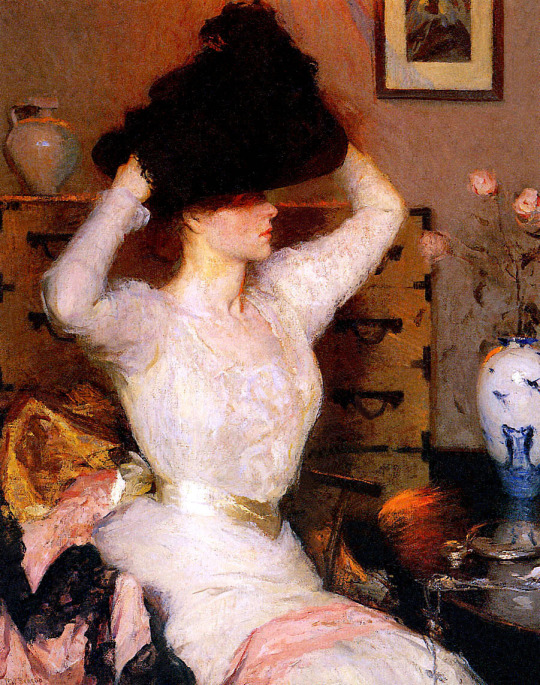
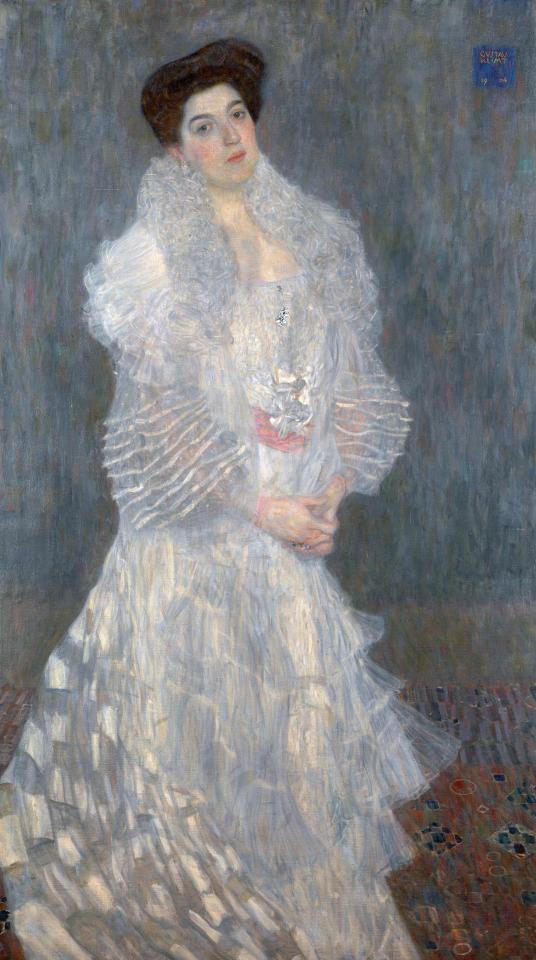

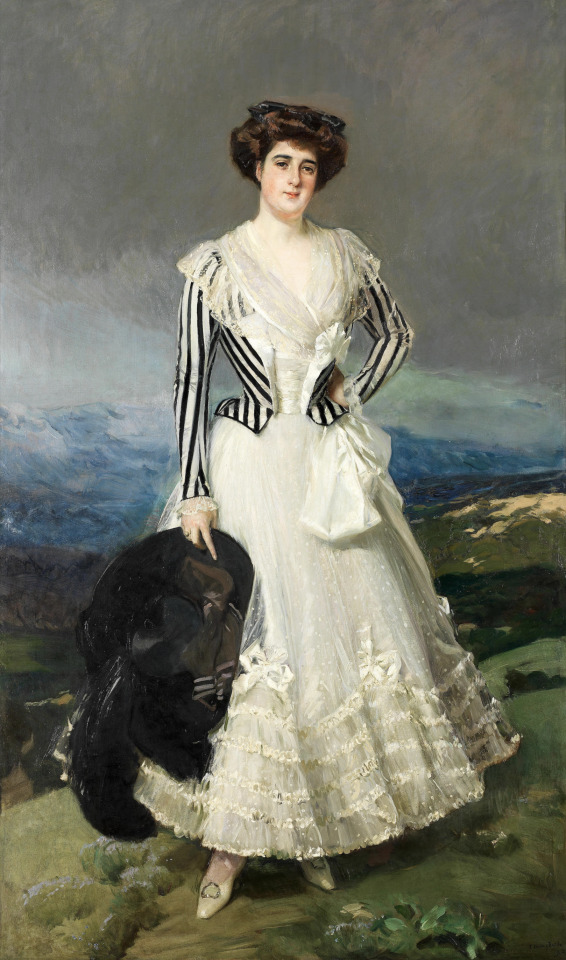
Its the 1900s (from top to bottom) -
Mrs. Charles Pelham Curtis (Ellen Sears Amory Anderson Curtis) by John Singer Sargent (Portland Mueum of Art - Portland, Maine, USA). From Wikimedia; suppressed veiling reflection in top fifth w Pshop 1176X1999 @72 778kj.
1902 Mrs. Charles Beatty Alexander by John Singer Sargent (Sotheby's - Lot 110). From their Web site 2880X4442 @72 2.7Mj.
Black hat by Frank Weston Benson (location ?). From tumblr.com/andrayblue; removed spots w Pshop 901X1143 @72 578kj.
1904 Hermine Gallia by Gustav Klimt (National Gallery - London, UK). From inf.news/zh-hans/culture/8946e046a20c5d2bc5bdf7c6f3ae374a.html 2358X4226 @72 4Mj.
1906 Mercedes Mendeville, condesa de San Félix by Joaquín Sorolla y Bastida (Museo nacional del Prado - Madrid, Spain). From Wikimedia 1435X2952 @300 2.6Mj.
1907 María Luisa Maldonado, marquesa de Torneros, hija del conde de Villagonzalo by Joaquin Sorolla y Bástida (auctioned by Bonhams). From their Web site 1618X2742 @72 7.2Mp.
#1900s fashion#Edwardian fashion#Belle Époque fashion#Mrs. Charles Pelham Curtis#John Singer Sargent#wavy hair#square neckline#pouter pigeon silhouette#Mrs. Charles Beatty Alexander#bun#boa#fan#Frank Weston Benson#waist band#Hermine Gallia#Gustav Klimt#Mercedes Mendeville#Joaquín Sorolla y Bastida#coat#fur-trimmed coat#María Luisa Maldonado#bouffant coiffure#jacket#feathered hat#flounced skirt
55 notes
·
View notes
Photo

MWW Artwork of the Day (8/4/22)
Charles Sprague Pearce (American, 1851–1914)
The Arab Jeweler (c. 1882)
Oil on canvas, 116.8 x 89.9 cm.
The Metropolitan Mueum of Art, New York (Gift of Edward D. Adams)
Boston-born Charles Sprague Pearce belonged to the generation of American artists who increasingly settled in France in the post-Civil War years. Like that of his celebrated Parisian teacher, Leon Bonnat, Pearce explored a range of subjects throughout his successful expatriate career. A four-month excursion along the Nile in the early 1870s led to a particular interest in "exotic," or Orientalist themes, such as this ambitious portrayal of a native craftsman.
8 notes
·
View notes
Note
7 with maknae line 🫶 hope you’re doing well xan beloved <33
hihi isai beloved i'm well and i hope you are too ♡♡♡
go to a wedding with: seungkwan! hey you know that thing where bss performed at a wedding once? yeah. he gets to talk to a thousand people and i get to chill in the back with free food.
go to a party with: chan! i'm... going to lose him so fast aren't i. well as long as he's having fun then i don't mind. maybe i'll get to see him dance, that would be cool.
go to a mueum with: vernon! i said this before but i'm just. a giant nerd and i love museums so much. it would be cool to learn new things and do interactive activities together and i PROMISE i can be normal about this. (no i can't)
send me a number + 3 names and i'll tell you what i'd do with who
#asks#isai 🐇#i'm an introvert a nerd and someone who only goes to family functions like weddings for the food. this will not change
1 note
·
View note
Text

25.01.23 Bern - Rausch und Ekstase im Naturhistorisches Mueum, kuratiert von Simon Haller! Ein feiner Mensch. Die Ausstellung werden wir mit Baptiste und Elias zusammen besuchen 🤩
0 notes
Text
So Willie is still being forgotten now because there isn’t anything about him in the mueum.
0 notes
